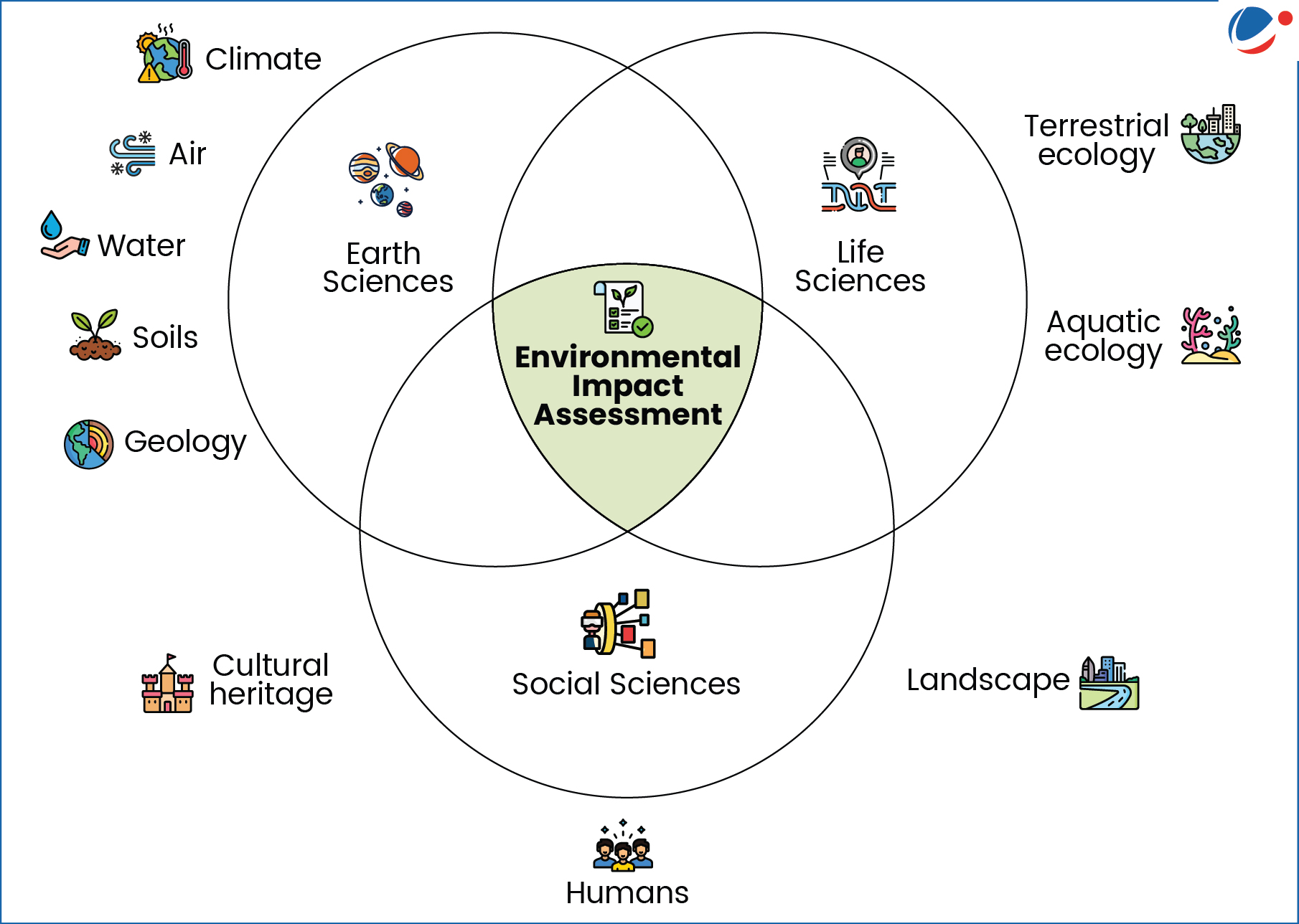In Vanashakti v. Union of India (2025), the SC restrained the Centre from granting ex-post facto environmental clearance (EC) to mining projects or regularising actions that contravene the 2006 EIA notification.
- The EIA Notification, 2006, clearly requires ‘prior environmental clearance’ before a project can start.
- The court also held that such notification issued by the Centre (MoEFCC) were illegal, arbitrary, and violative of Articles 14 (Equality before law) and 21 (Protection of life and personal liberty) of the Constitution.
- Previously, in Common Cause v. UoI & Ors. (2017), Supreme Court held that the concept of ex post facto or retrospective environmental clearance is completely alien to environmental jurisprudence.

Environmental Impact Assessment (EIA)
- EIA notification 2006 was designed to ensure that developmental projects are assessed for their potential environmental impacts before approval.
- It categorised the projects in 2 categories:
- Category A: National Level Appraisal
- Require prior EC from the Central Government in the MoEFCC.
- Decision based on recommendations of an Expert Appraisal Committee (EAC).
- Category B: State Level Appraisal
- Require prior EC from the State/UT Environment Impact Assessment Authority (SEIAA).
- Decision based on recommendations of a State or UT level Expert Appraisal Committee (SEAC).
- Category A: National Level Appraisal





